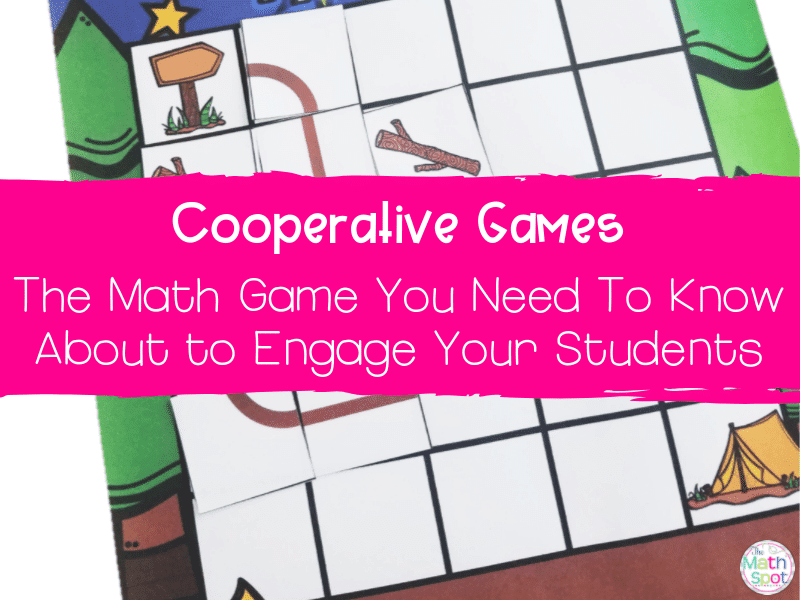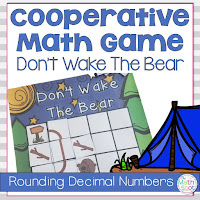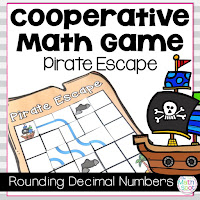This post contains affiliate links. This means that when you make a purchase, at no additional cost to you, I will earn a small commission.
On any given Friday or Saturday night, you can find me sitting at the dining room table. The baby has been put to bed for the night, beverages have been passed out to the adults and we settle in for a few hours of strategic gameplay.
It started with simple games like Settlers of Catan but has evolved over the years so that we own a cabinet full of “Eurogames”. These games are motivating, engaging and can earn the winner some serious bragging rights!
When I look at the “games” we play in math centers, the fun is seriously lacking. When was the last time you got excited about rolling two dice and adding the numbers together? Woohoo! What a rush! Don’t get me wrong, there is a time and a place for rolling dice and adding the numbers… but if you want to foster student engagement, you will have to do better!
A genre of games you may be overlooking is called collaborative games. It’s exactly what it sounds like. The game players work together to reach a common goal. The goal can’t be reached unless the players work together and each plays their role.
The Benefits of Collaborative Games
- Students are working together towards a goal, developing interpersonal skills.
- Students need to communicate clearly with one another and defend their thinking.
- Students are working towards a common goal. NO ARGUMENTS about who won, lost, or cheated! More importantly, students are working on important skills as they are working towards cooperating with one another.
- Strategic gameplay- students will use and develop executive functioning skills as they need to think ahead about the consequences of their choices and actions in the game.
- If a collaborative game is well developed, it will not be easy to win every single time. Students will be engaged and motivated as they work to achieve a goal.
Give Me an Example…
 This game I have created for teaching rounding decimals is an example of a collaborative tile laying game. Students have the goal of working together to escape from the pirate ship and make it to a safe island.
This game I have created for teaching rounding decimals is an example of a collaborative tile laying game. Students have the goal of working together to escape from the pirate ship and make it to a safe island.I Love It… But How Do I Teach A Collaborative Game?
- Use a fishbowl model to teach the game– ask students on the outside of the fishbowl to observe a variety of aspects of the game such as cooperative language or strategic thinking.
- Play the game in small groups first.
- Ask a parent volunteer to sit with your students as they play the game the first time through.
- Play the game as a whole class modeling on a document camera.








